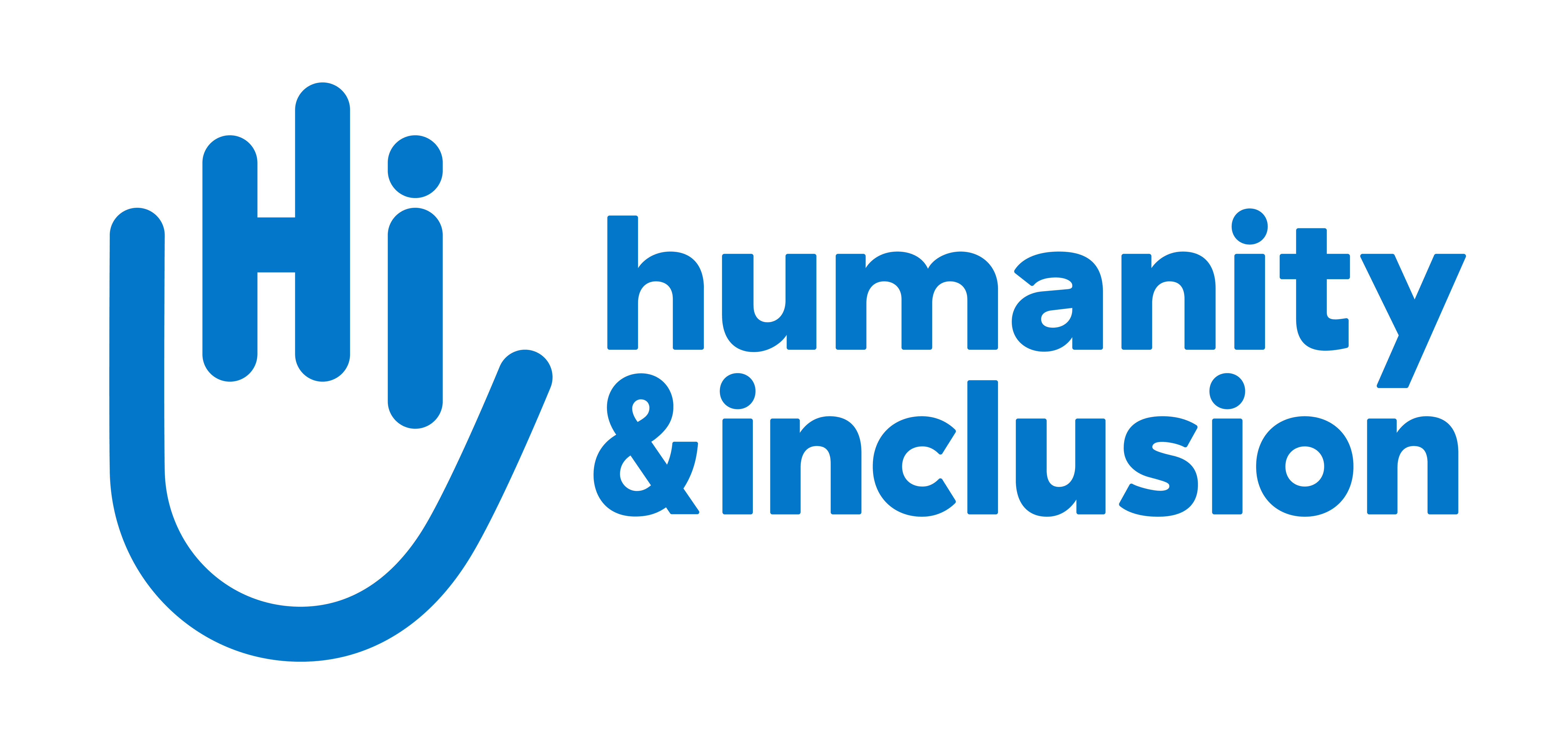One year after the earthquake, Handicap International continues to aid victims
More than 8,700 people were killed and over 22,000 injured when a 7.8 magnitude earthquake hit Nepal on 25 April 2015. Handicap International launched an immediate relief effort in aid of the most vulnerable individuals. One year on, the organisation continues to supply aid to the earthquake’s victims.

Nirmala and Khembro, earthquake victims, lost their legs. They received a prosthesis one month ago, and learn how to walk at the National Disabled Fund. | © Lucas Veuve/Handicap International
April 2016, winter is edging to a close in Nepal, except at high altitude.
After months of tension, the political situation has gradually improved, protests have grown less frequent and public life is slowly returning to normal. The blockade along the Nepal-India border has been lifted and goods and fuel are flowing back into the country.
Nepal now faces several challenges: the new constitution has not been welcomed by all, and preparations for local elections and the reconstruction of the country are only just getting underway. Faced with the scale of this task, Handicap International, like other international NGOs, is working in partnership with the government to help meet the people’s needs.
“For thousands of people, the priority now is to rebuild their homes before the monsoon rains begin. They also need to recover their livelihoods so they can earn a living, find another source of income and raise their standard of living again. A year after the disaster, many people still need help, so our teams are continuing their work,” explains Sarah Blin, Handicap International’s director in Nepal.
Care a top priority
Handicap International continues to run rehabilitation sessions, distribute orthoses, prostheses and mobility aids, and provide occupational therapy services. The organisation has also improved sustainable access to these services for isolated people. To make sure people living in rural areas also benefit from these services, it has deployed eight mobile rehabilitation units in the west of Nepal.
The organisation is also helping to improve the country’s health system. Nearly 200 health professionals in Nepal have been trained in injury and trauma management, and more than 300 caregivers have been provided with information on the benefits of physical rehabilitation.
Including the most vulnerable people
Handicap International also continues to provide support to the most vulnerable individuals, to ensure they are included in their communities, enjoy a better standard of living and have access to aid supplied by humanitarian organisations. The organisation places a particular emphasis on making sure their needs are taken into account as the reconstruction gets underway. Handicap International continues to work with humanitarian operators and the Nepalese authorities to further these aims.
Preparing to deal with new disasters
Since Nepal is highly exposed to earthquakes and floods, and many regions are difficult to access in emergencies, Handicap International is therefore continuing to conduct its natural disaster risk reduction and preparation operations.
The organisation aims to reduce disaster risks (especially landslides and floods) for people living in the centre and west of the country. Handicap International is developing inclusion models for the most vulnerable individuals to promote risk preparation in communities and the setting up of flood early warning systems. It has trained 280 members of local committees to ensure the needs of the most vulnerable people are taken into account as part of disaster preparation activities.
Handicap International is also continuing to prepare health staff for a major earthquake. The organisation trains health operators to treat large numbers of casualties in hospitals in Kathmandu Valley.





